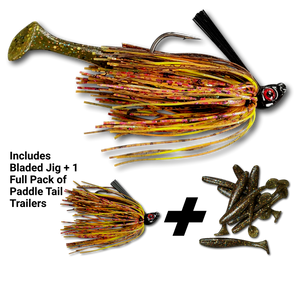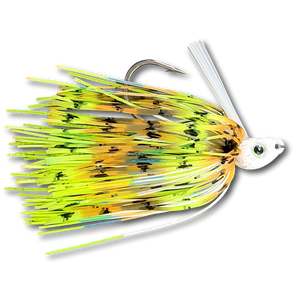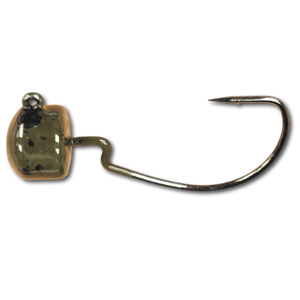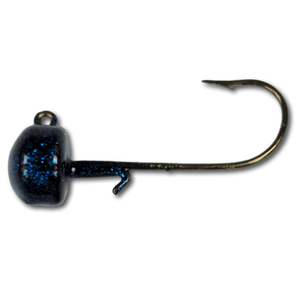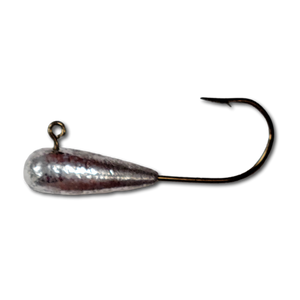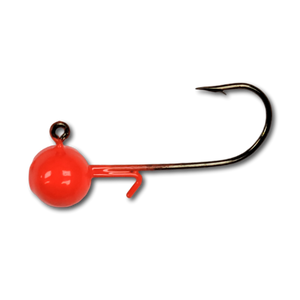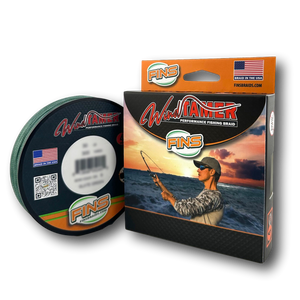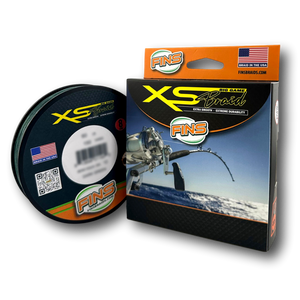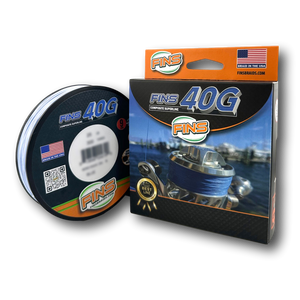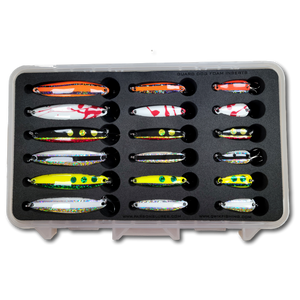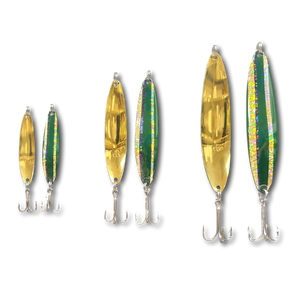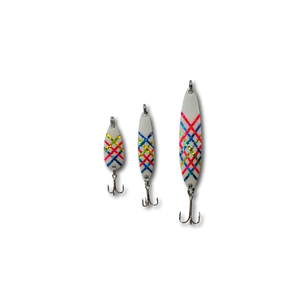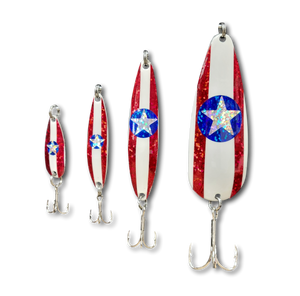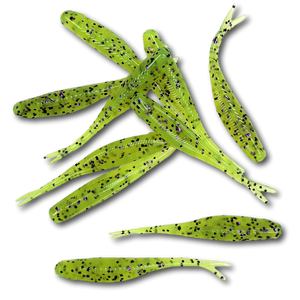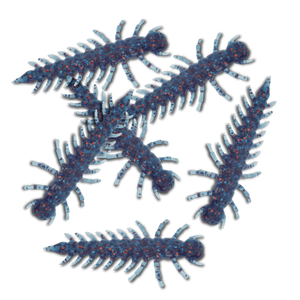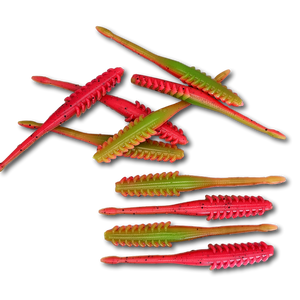
Salmon species include Chinook (King), Coho (Silver), Sockeye (Red), Pink (Humpback), and Atlantic Salmon. Chinook are the largest and most powerful, often reaching over 50 pounds in coastal areas and Great Lakes systems. Coho are highly prized for their fight and flavor, while Sockeye are renowned for their bright red color during spawning runs. Pink salmon are the most abundant, and Atlantic salmon, while once widespread, are now primarily found in stocked rivers and fisheries.
Trout species include Rainbow Trout, Brown Trout, Brook Trout, Cutthroat Trout, and Lake Trout. Rainbow trout, including their migratory form (Steelhead), are among the most popular. They are found in streams, rivers, and lakes across the U.S. Brown trout, often elusive and hard-fighting, thrive in both rivers and lakes, growing to impressive sizes. Brook trout are native to smaller, cold-water streams and are stunning in appearance with vibrant colors. Cutthroat trout dominate western waters, while lake trout are deep-water giants, often caught in large lakes across the northern U.S. and Canada.
Fishing for salmon and trout requires adapting your tactics to the species, water type, and season.
For Salmon:
Chinook and Coho salmon are often targeted by trolling with downriggers using spoons, cut-plug herring, or flasher and hoochie combinations. Brightly colored lures like orange, chartreuse, and pink work well, as salmon strike aggressively during their migrations. In rivers, drift fishing with cured salmon eggs, beads, or yarn flies under a float is a staple technique. Fly anglers also target salmon with large streamers or egg patterns during the spawn.
For Trout:
Rainbow and brown trout respond well to both live bait and artificial lures. Nightcrawlers, minnows, and salmon eggs fished under a bobber or on the bottom with split shot are effective in rivers and lakes. Artificial lures like inline spinners, small spoons, and crankbaits mimic baitfish and trigger reaction strikes. Fly anglers use dry flies for surface feeding trout, nymphs for subsurface presentations, and streamers to imitate small fish. Brook trout and cutthroat trout, found in smaller waters, are more easily spooked, making ultralight presentations and stealth essential.
Lake Trout, on the other hand, demand deep-water techniques. Trolling with downriggers and heavy spoons is a top tactic in large lakes, particularly during the summer when these fish stay near cold-water thermoclines. Jigging with white tube jigs or bucktail jigs tipped with minnows also produces, especially during spring or fall when lake trout move shallower.
The best time to target salmon and trout depends on their seasonal movements and preferred habitats.
- Spring: As ice melts and water temperatures rise, trout become active in rivers, streams, and shallow lake waters. Rainbow trout often spawn in spring, making them easier to locate near gravel beds. Lake trout move shallower, making them accessible to jigging or casting anglers.
- Summer: Trout seek cooler water, often found in deeper lakes or shaded river runs. Fly fishing shines during this time, with hatches of mayflies and caddisflies drawing trout to the surface. Salmon begin their migration to spawn, particularly in coastal and Great Lakes tributaries.
- Fall: This is prime time for salmon fishing. Chinook, Coho, and Sockeye salmon move upriver to spawn, creating thrilling opportunities for anglers using drift rigs, floats, or fly gear. Brown and brook trout also spawn in fall, congregating near shallow gravel beds. Lake trout are most active during this season, feeding heavily in cooler water.
- Winter: Trout fishing slows down, but species like steelhead provide exciting action in cold rivers. They’re often caught using drifted beads, roe, or streamers. Ice fishing for lake trout is highly productive in northern states, using jigs tipped with minnows.
Geographically, salmon dominate coastal waters of the Pacific Northwest, Great Lakes tributaries, and select Atlantic river systems. Alaska is world-famous for its salmon runs, while Michigan, Wisconsin, and New York provide excellent inland opportunities. Trout, on the other hand, can be found throughout the U.S., from the high mountain streams of Colorado and Montana to tailwaters in Arkansas and the vast trout lakes of the northern Midwest and Northeast.
Are Salmon and Trout Good to Eat?
Without a doubt, salmon and trout are some of the most delicious fish you can catch. Their firm, flavorful meat is rich in healthy omega-3 fatty acids, making them ideal for grilling, smoking, or baking. Here’s a simple recipe for pan-seared trout:
Herb Butter Pan-Seared Trout
- Ingredients:
- 4 trout fillets (skin on)
- 2 tablespoons butter
- 1 clove garlic, minced
- 1 lemon, sliced
- Fresh thyme or parsley
- Salt and pepper to taste
- Directions:
- Season the fillets with salt and pepper.
- Melt butter in a skillet over medium-high heat. Add garlic and lemon slices.
- Place trout fillets skin-side down in the skillet and cook for 3-4 minutes. Flip and cook for an additional 2-3 minutes.
- Finish with fresh thyme or parsley and serve with roasted vegetables.
For salmon, smoking, grilling, or baking with a maple glaze or lemon-dill marinade brings out their rich flavor.
Presentation Techniques for Salmon and Trout
Fishing presentations for salmon and trout depend heavily on water type and fish behavior. For salmon in rivers, drift fishing is a primary technique, using roe or beads presented naturally along the bottom. Trolling works best in open water, using spoons or baitfish imitators with downriggers to reach the right depth.
For trout, casting small spinners or spoons near current seams, undercut banks, or rocky runs will often produce strikes. In lakes, fishing near drop-offs or weed edges with live bait or jigs can be effective. Fly anglers rely on dry flies during hatches, nymphs in moving water, and streamers to imitate small fish. For lake trout, trolling deep with spoons or jigging near thermoclines is the most consistent tactic.
Salmon and trout fishing offers an incredible variety of experiences, whether you’re casting dry flies in a mountain stream or trolling the Great Lakes for a trophy salmon. These fish are challenging, rewarding, and a joy to pursue. With the right tactics, gear, and knowledge, you can enjoy the thrill of the fight and the satisfaction of landing one of these legendary species. So pack your tackle box, hit the water, and experience everything salmon and trout fishing has to offer.
Qwik Catches!









